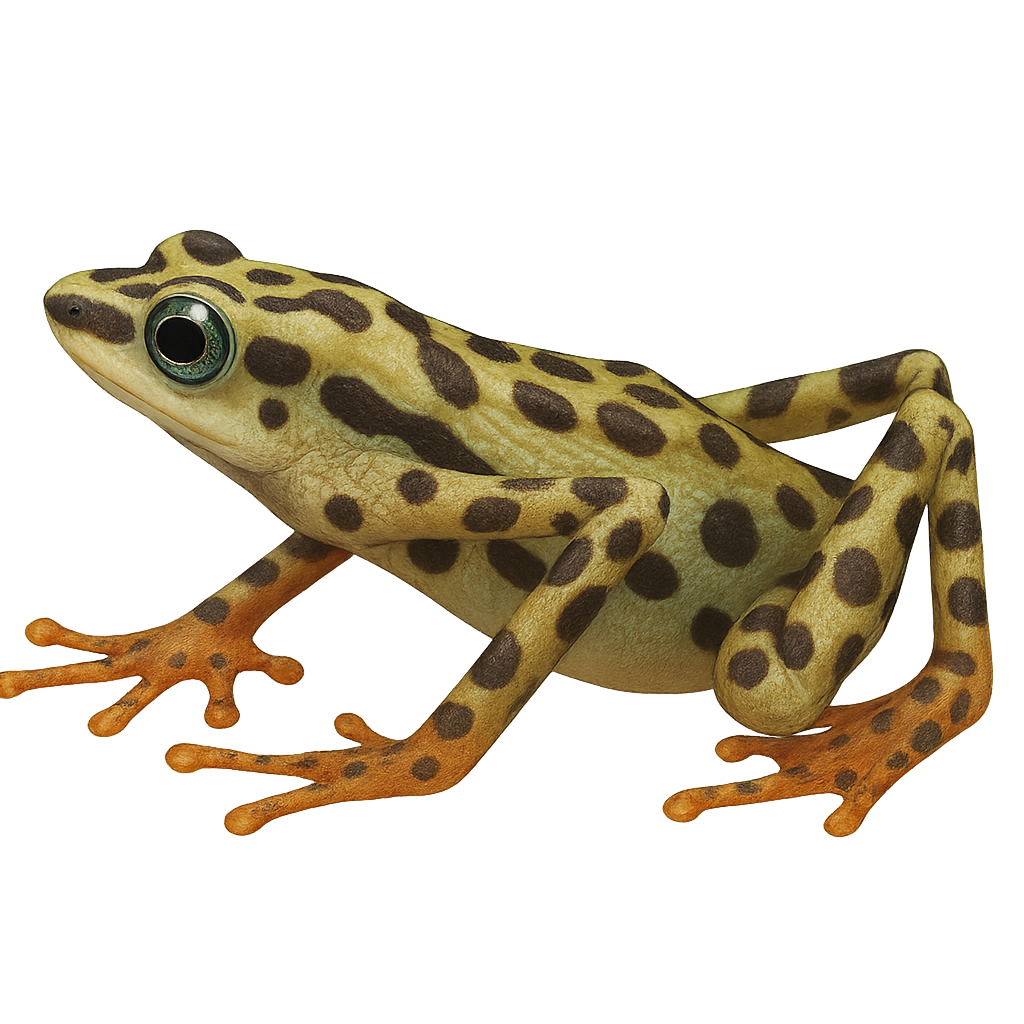Your wildlife photography guide.
Explore the atelopus balios in detail, study its behavior, prepare your shots.
Where to observe and photograph the atelopus balios in the wild
Learn where and when to spot the atelopus balios in the wild, how to identify the species based on distinctive features, and what natural environments it inhabits. The WildlifePhotographer app offers tailored photography tips that reflect the atelopus balios’s behavior, helping you capture better wildlife images. Explore the full species profile for key information including description, habitat, active periods, and approach techniques.
Atelopus balios
Scientific name: Atelopus balios

IUCN Status: Critically Endangered
Family: BUFONIDAE
Group: Amphibians
Sensitivity to human approach: Suspicious
Minimum approach distance: 2 m
Reproduction period: April to June
Incubation: 6–10 jours
Births: May to July
Habitat:
Tropical rainforests, mountains, rivers
Activity period :
Mainly active at night, generally discreet during the day.
Identification and description:
The Atelopus balios is a species of toad belonging to the Bufonidae family. This toad is endemic to Ecuador, where it primarily inhabits humid montane forests. It is characterized by its smooth skin and bright colors, often a mix of green, yellow, and black, which allow it to blend into its natural environment. Unfortunately, this species is critically endangered due to habitat loss, pollution, and fungal diseases such as chytridiomycosis. Conservation efforts are crucial to ensure the survival of this unique species.
Recommended lens:
Macro – adjust based on distance, desired framing (portrait or habitat), and approach conditions.
Photography tips:
To photograph the Atelopus balios, it is advisable to use a macro lens to capture the details of its colorful skin. Approach slowly and carefully to avoid scaring the animal. Opt for times of the day when natural light is soft, such as early morning or late afternoon, to avoid harsh shadows. Use a tripod to stabilize your camera and achieve sharp images. Be patient and respectful of the animal's natural environment.
The WildlifePhotographer App is coming soon!
Be the first to explore the best nature spots, track rutting seasons, log your observations, and observe more wildlife.
Already 1 432 wildlife lovers subscribed worldwide

